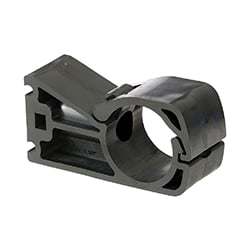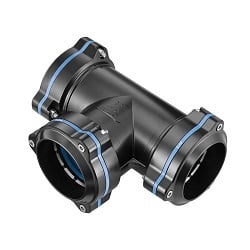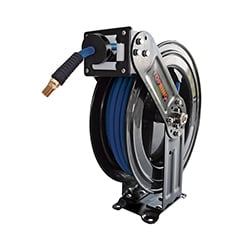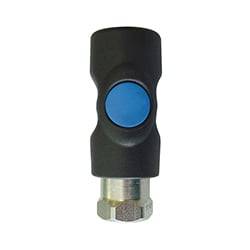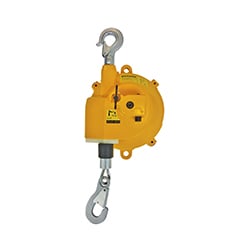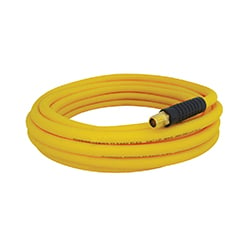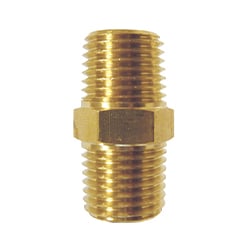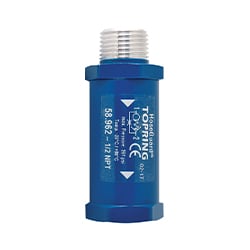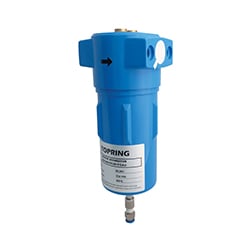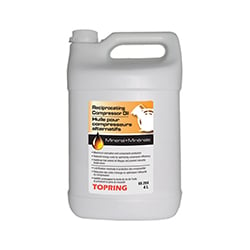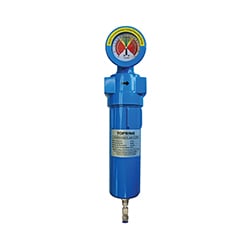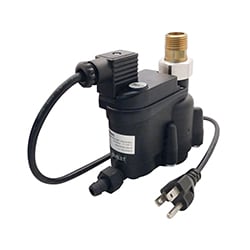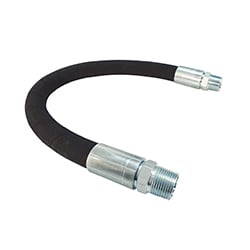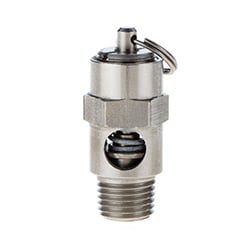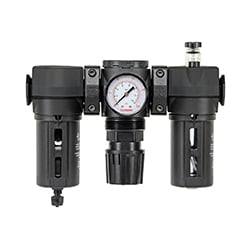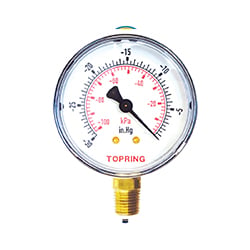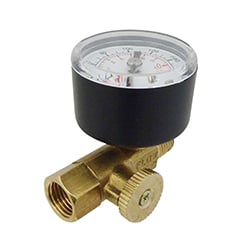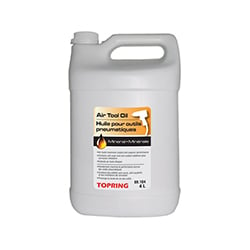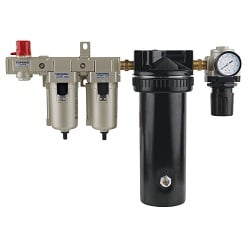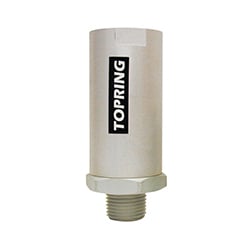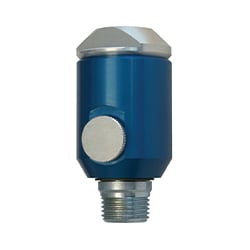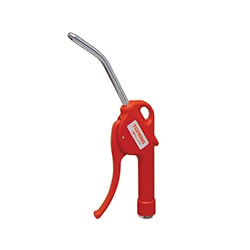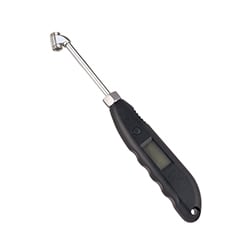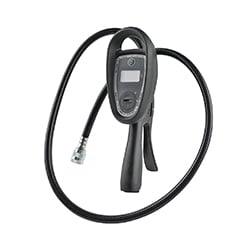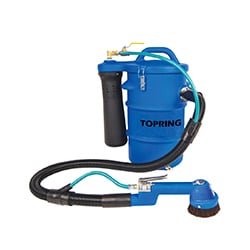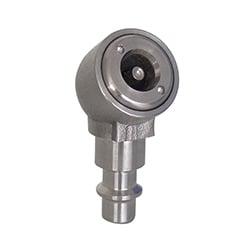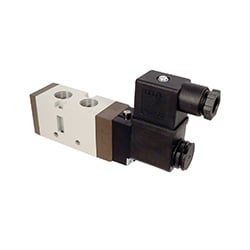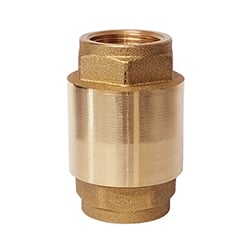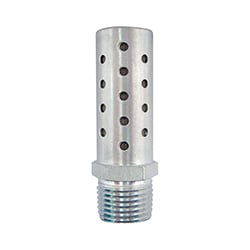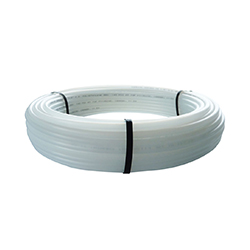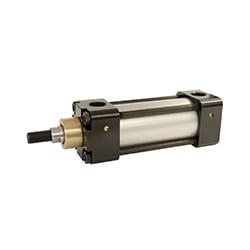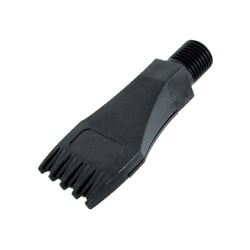What must be done when a compressed air hose is damaged? Should it be replaced? Can it be repaired? That is what we will find out… First of all, it is important to understand that it is not recommended to leave a damaged air hose on your system.
A damaged air hose can lead to serious consequences, such as costly air leaks, but more importantly, it can pose a safety risk to you and your co-workers in the event of accidental disconnection.
You have probably encountered situations like this before: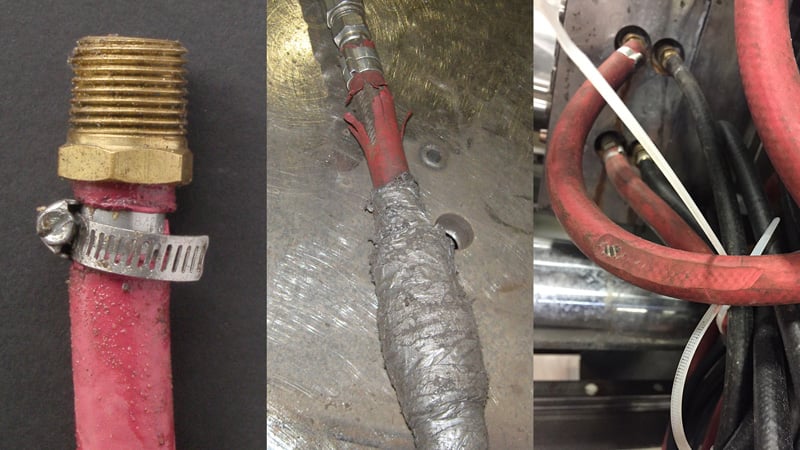
When a hose is damaged, in many cases it is possible to repair it, but you still need to know how to repair it correctly. Here are 3 repair options available to you.
You will need:
- A knife or pipe cutter
- A hose barb the same size as the inside diameter of the hose (if required)
- 2 options: 1 to 2 hose clamps or 1 to 2 two-ear hose clamps
- A screwdriver if you use a regular hose clamp
- A pair of pincers if you use a two-ear hose clamps
Scenario 1: For a damaged hose ends

To repair a hose that is damaged at one end, cut the damaged section off with a knife or pipe cutter.
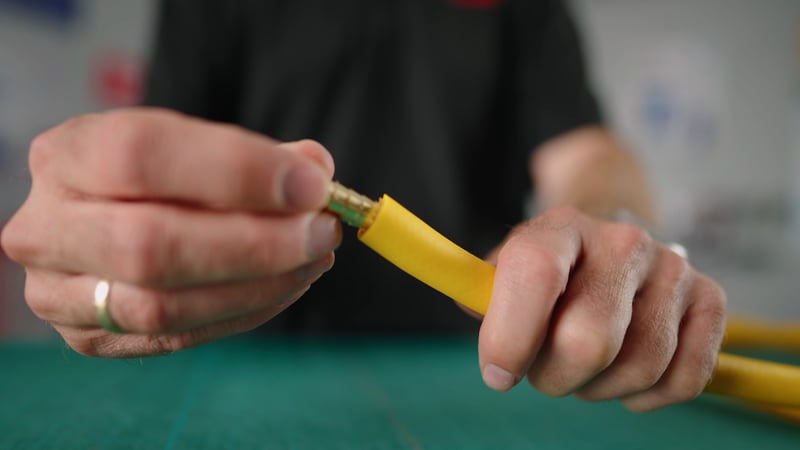
Once the hose is cut, insert a hose barb fitting of the same size as the inside diameter of the hose.
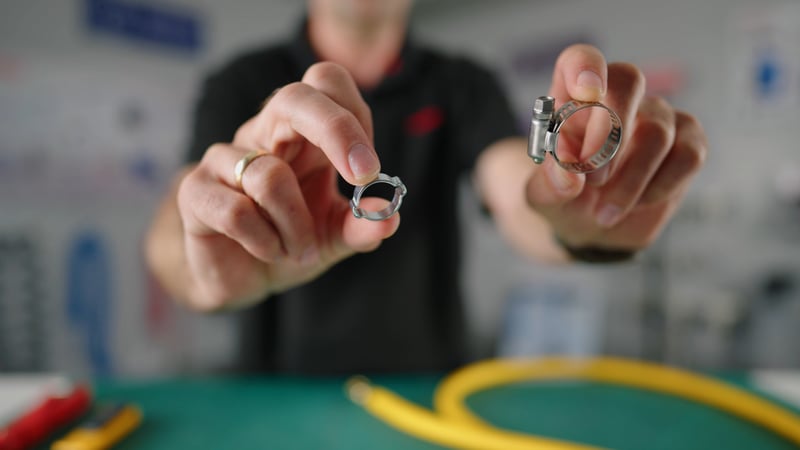
Then take a hose clamp having a diameter larger than the outside diameter of the hose.
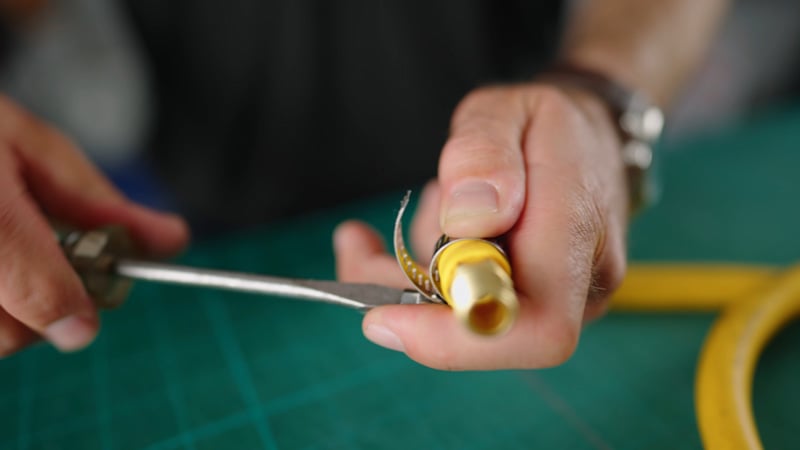
You can use a hose clamp, simply take a screwdriver and tighten the screw.
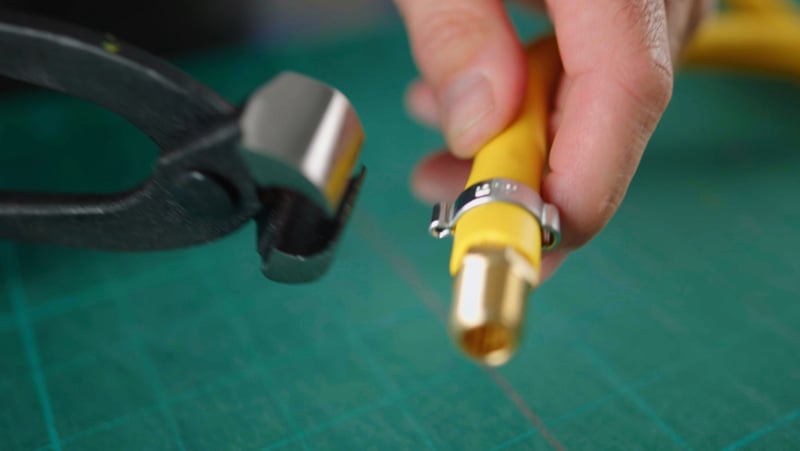
You can also use a two-ear hose clamp. You will also need crimping pincers to compress the two ears. The advantage of this type of clamp is that it is much safer to work with since there are no protruding metal tips, which eliminates the risk of injury.
Scenario 2: For a hose damaged in the centre
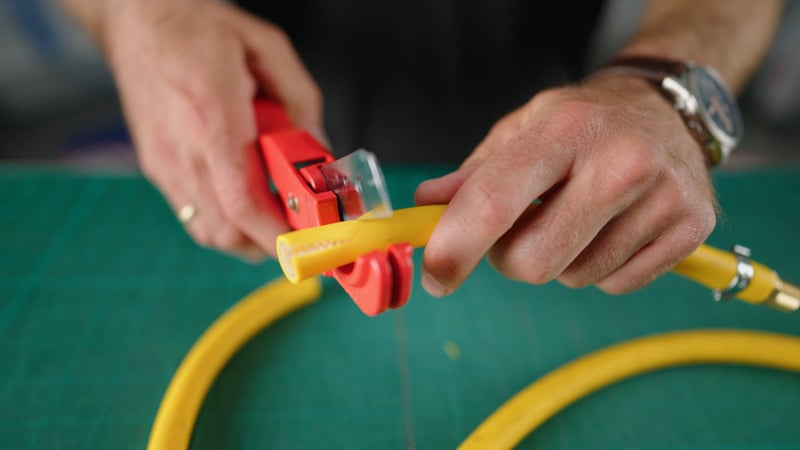
To repair a hose that is damaged at any point other than the end, cut off the damaged area with a knife or pipe cutter.
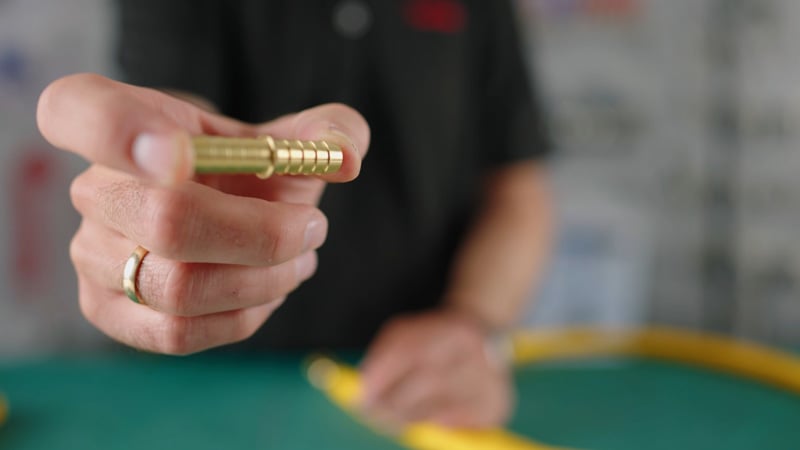
Use a hose barb splicer of the same size as the inside diameter of the pipe.
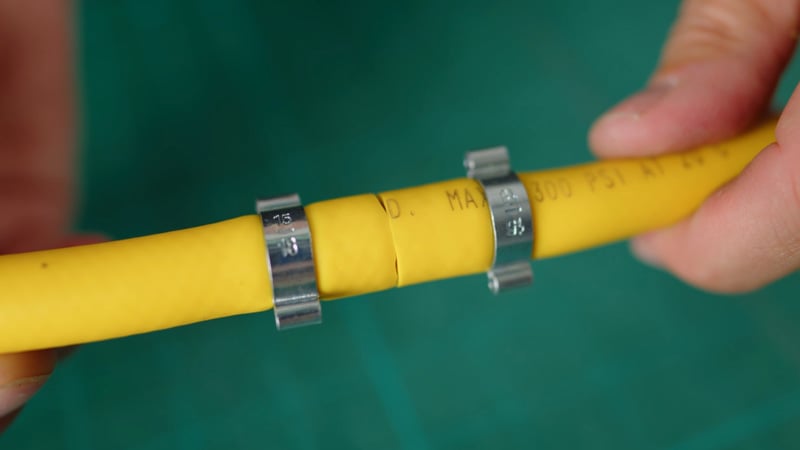
This time take two hose clamps of a larger diameter than the outside diameter of the hose and install them according to their clamp type as shown earlier.
Scenario 3: For a damaged non-crimping hose

A non-crimping hose is visually identified by the “Lock-On” or “Push-On” labelling on the hose jacket. Its unique cross braiding clings firmly to the barb without the need for a clamp.
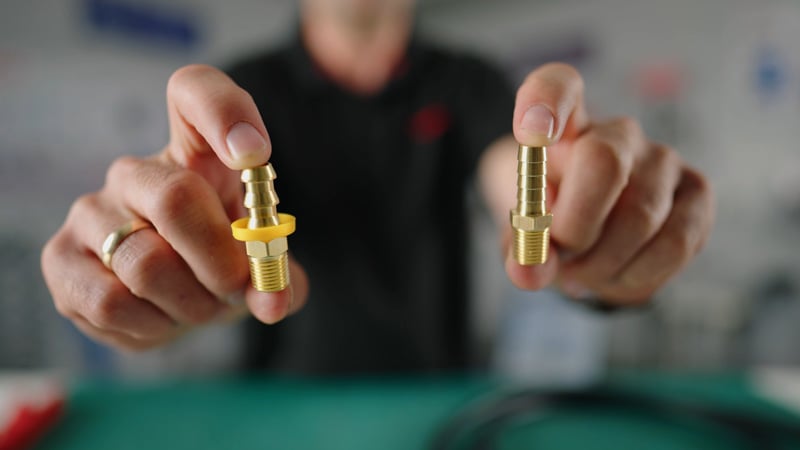
In addition, the fitting has a distinctive yellow ring with two or three barbs.
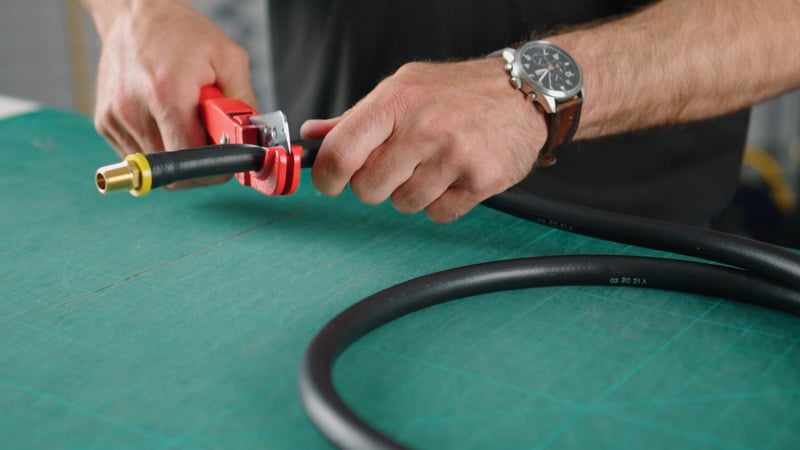
To repair this type of hose, cut off the damaged section like in the other two examples.
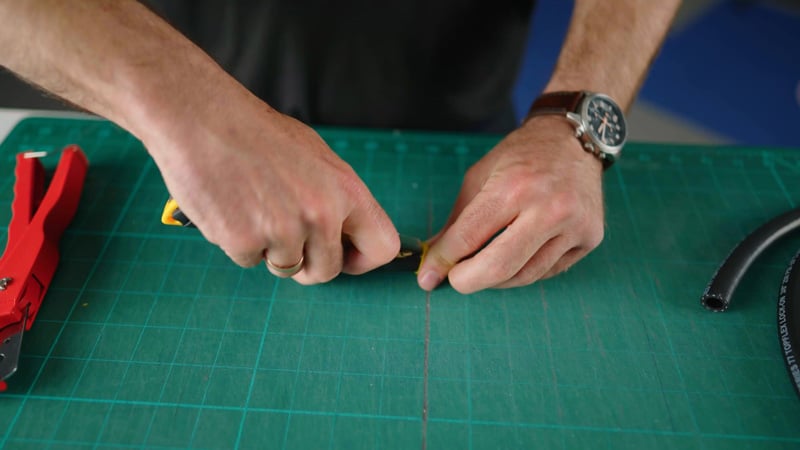
You can reuse the old hose barb fitting. Simply cut the hose with a knife, taking care not to scratch the barb.
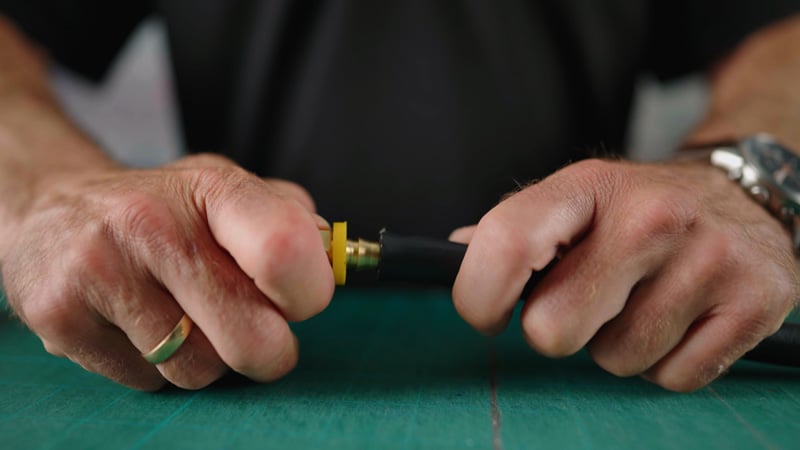
Then insert the refurbished end(s) into the fitting or coupling.
And there you have it!
💡 Good to know 💡
The crimpless hose requires no clamps and has no metal protrusions. It is very safe to work with and eliminates the risk of scratches. That is why it is a favourite in body shops.
If you need to replace your compressed air hose and you need assistance in selecting which air hose to use, check out the article How to Choose a Compressed Air Hose to guide you in your hose selection.


